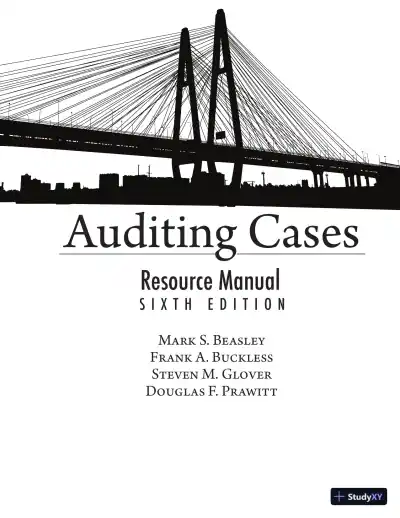Page 1

Loading page ...
Solution Manual for Auditing Cases An Interactive Learning Approach, 6th Edition makes tackling textbook exercises a breeze, with clear and concise answers to every problem.

Loading page ...
This document has 499 pages. Sign in to access the full document!